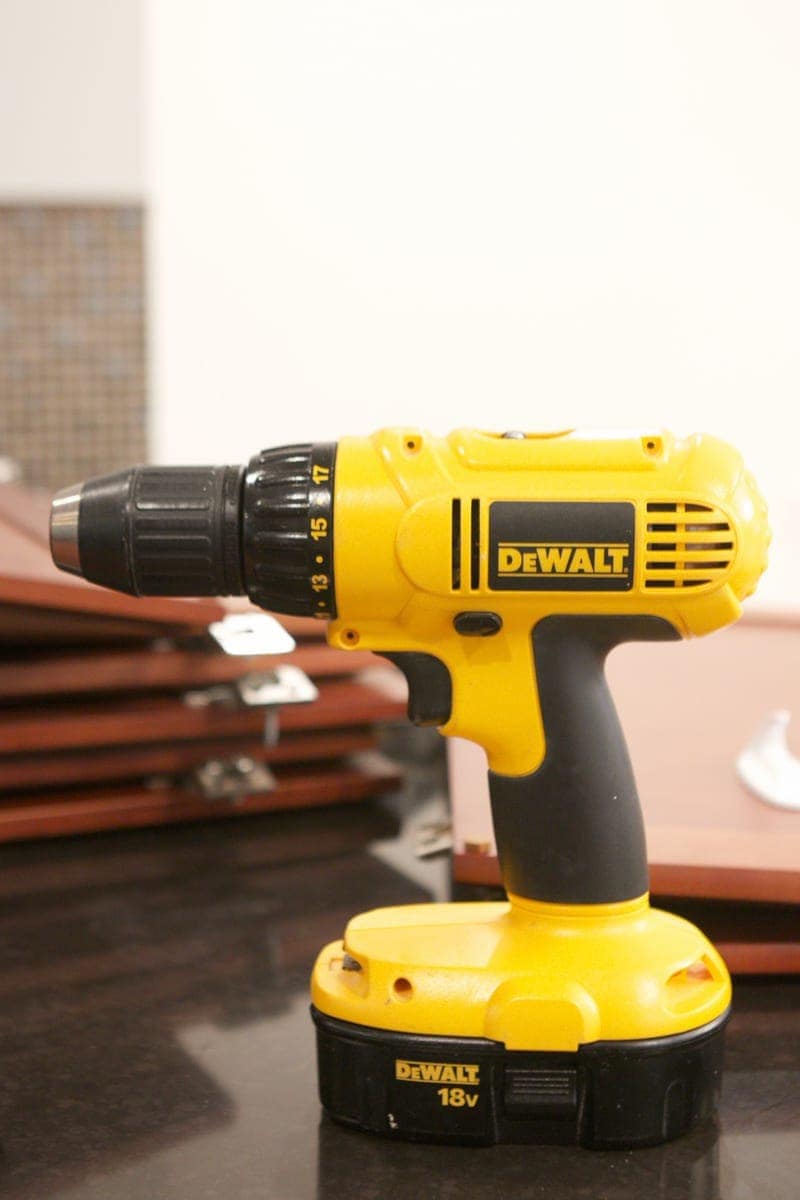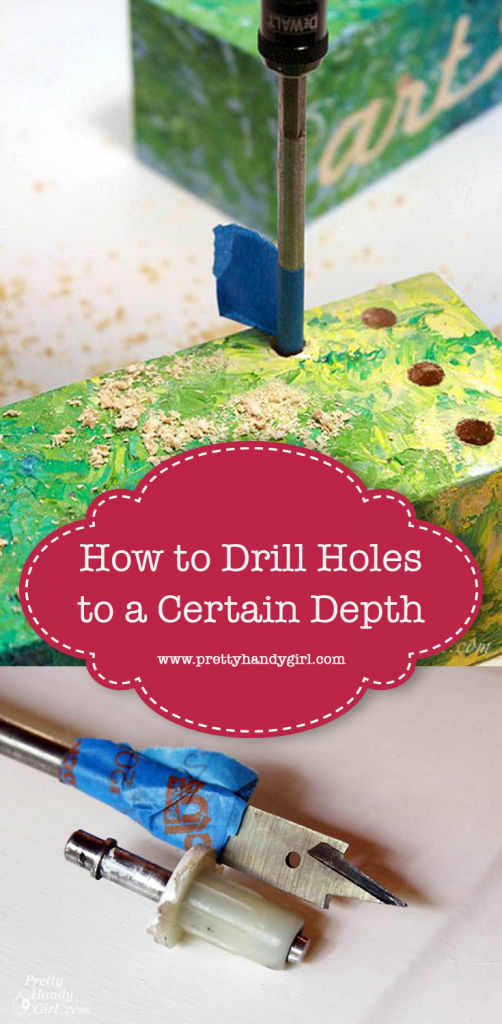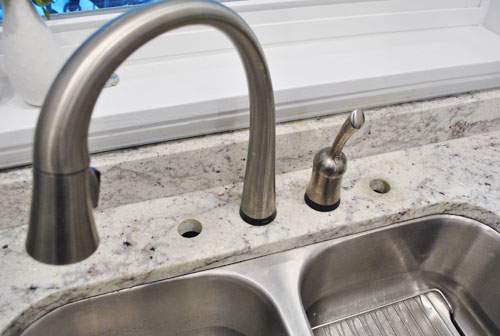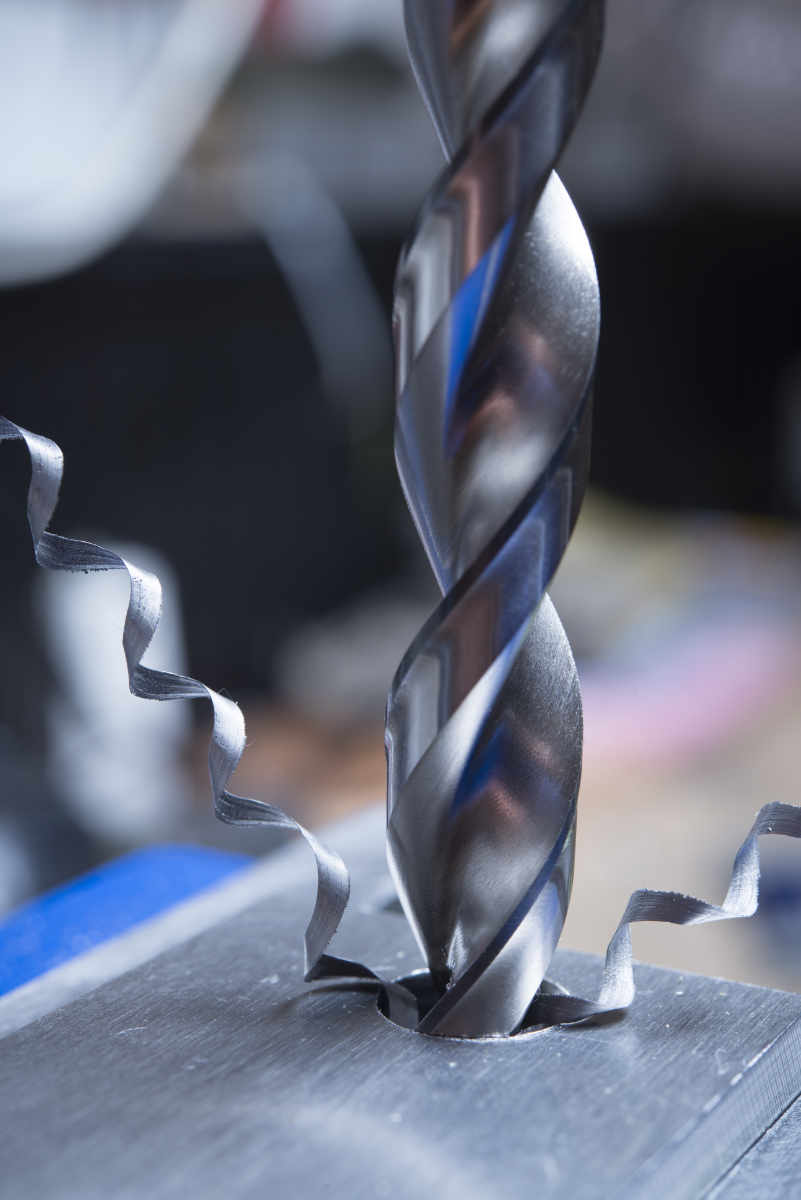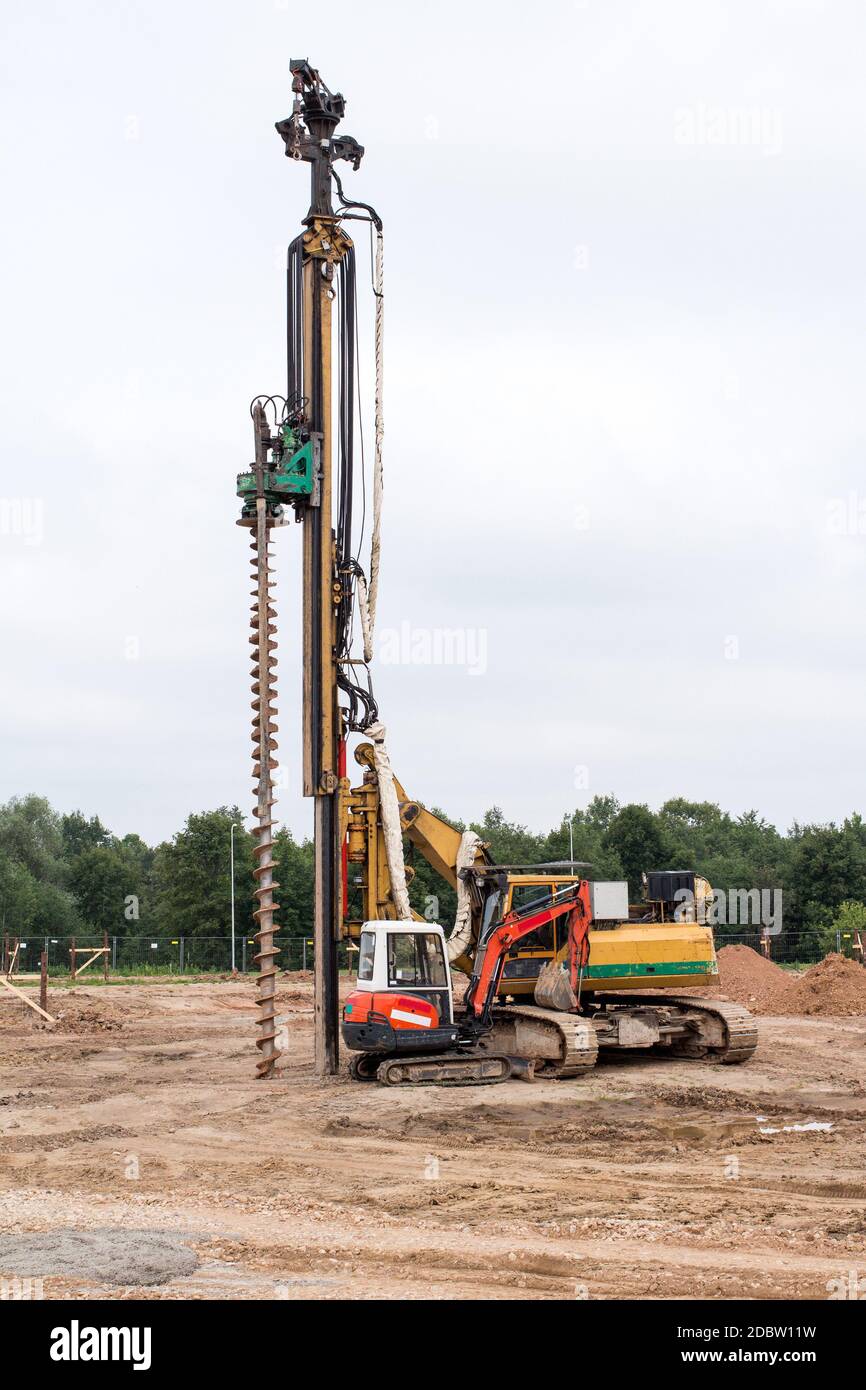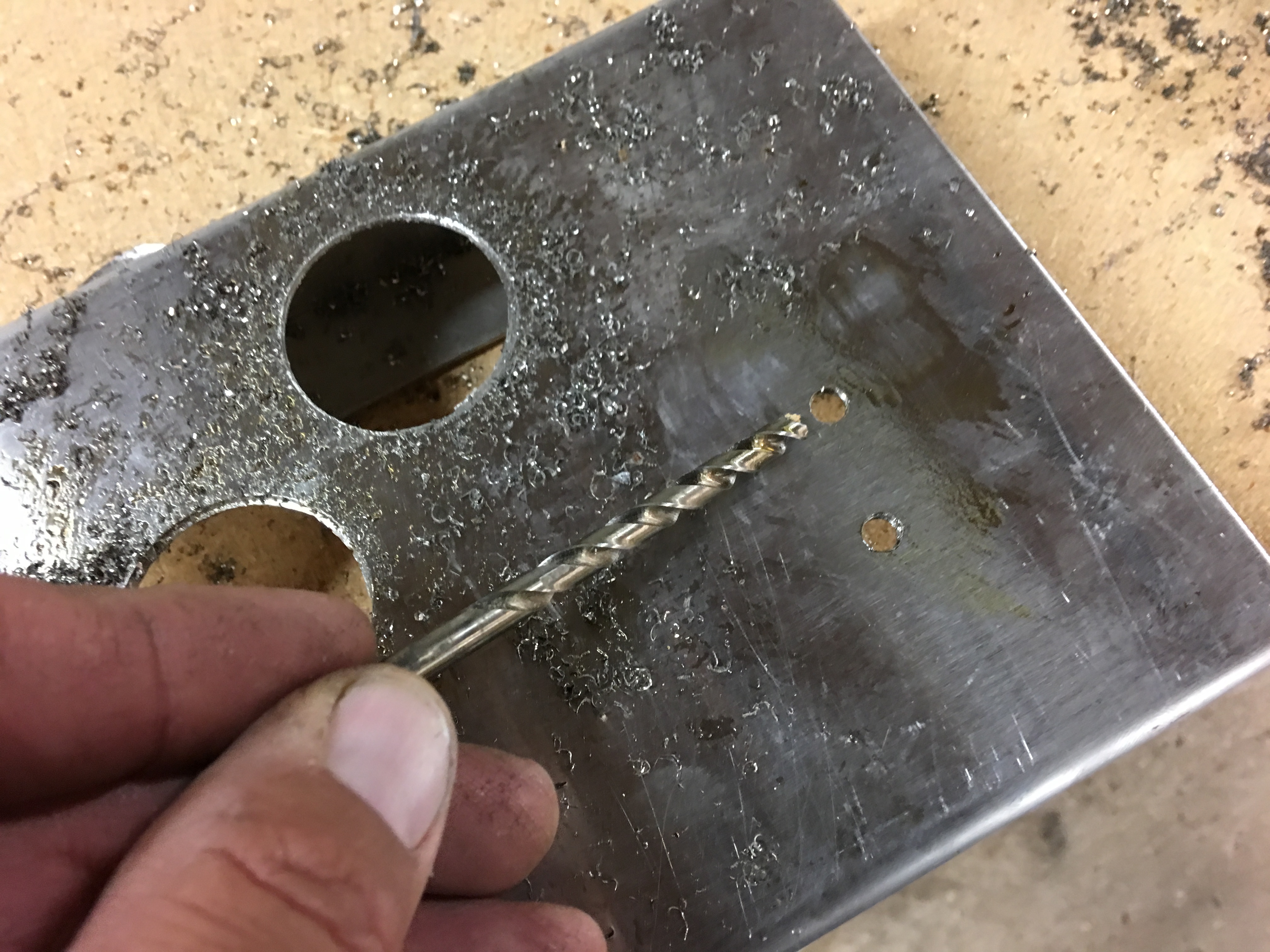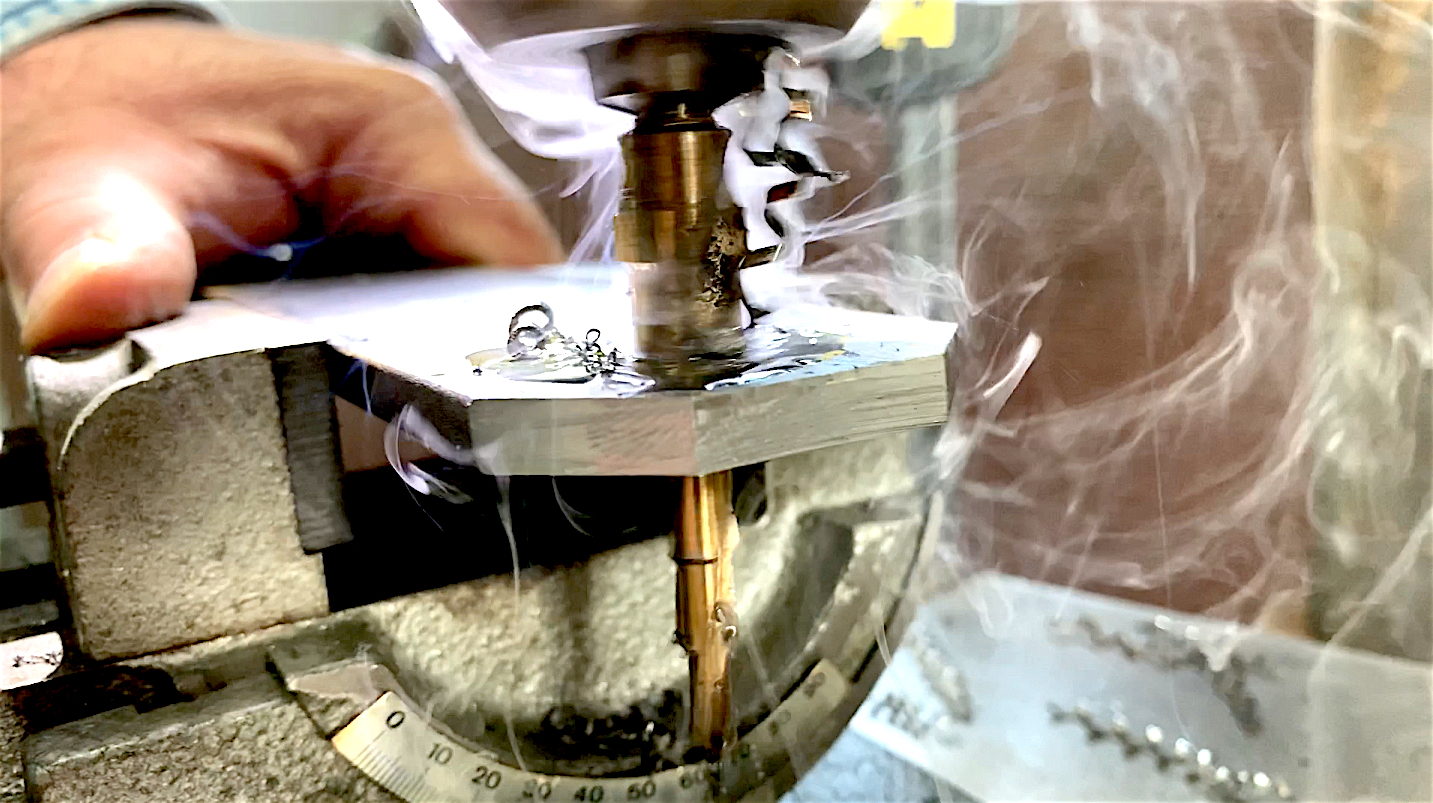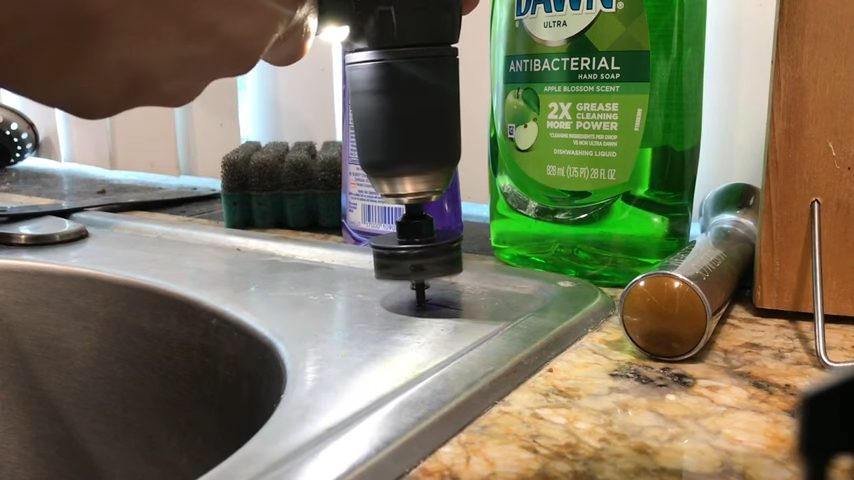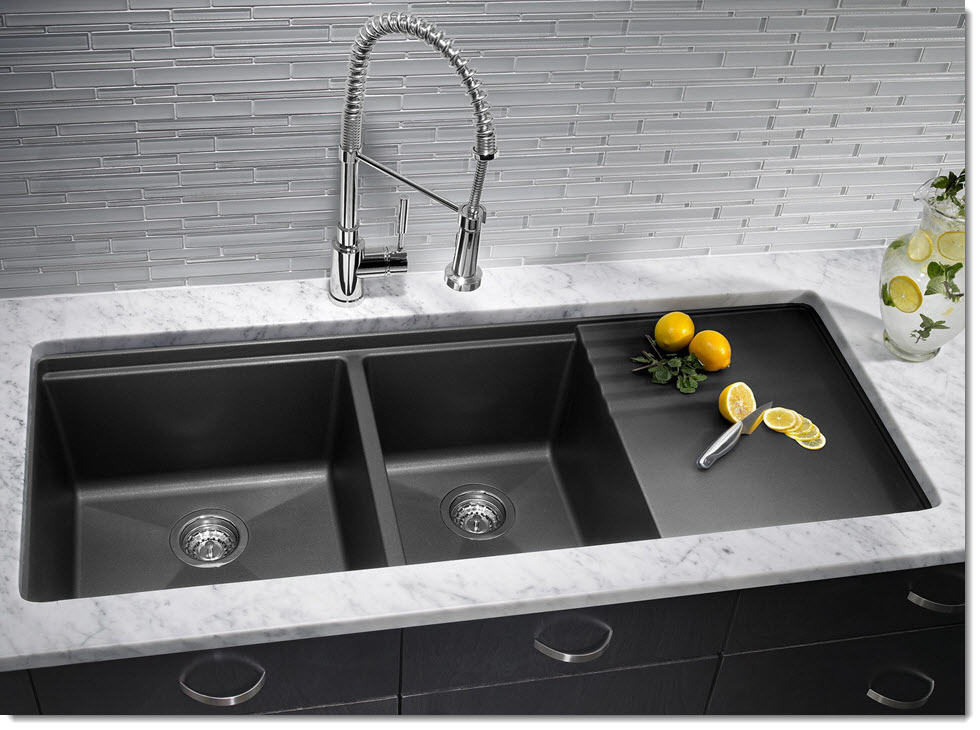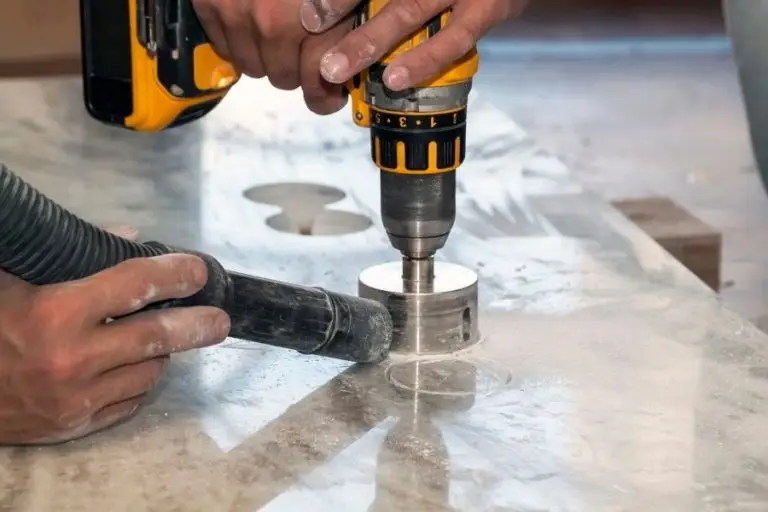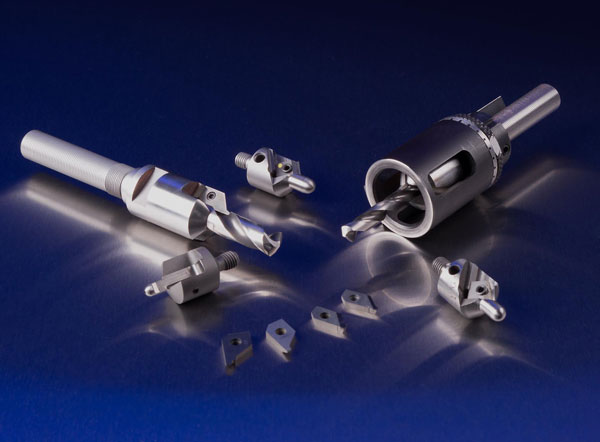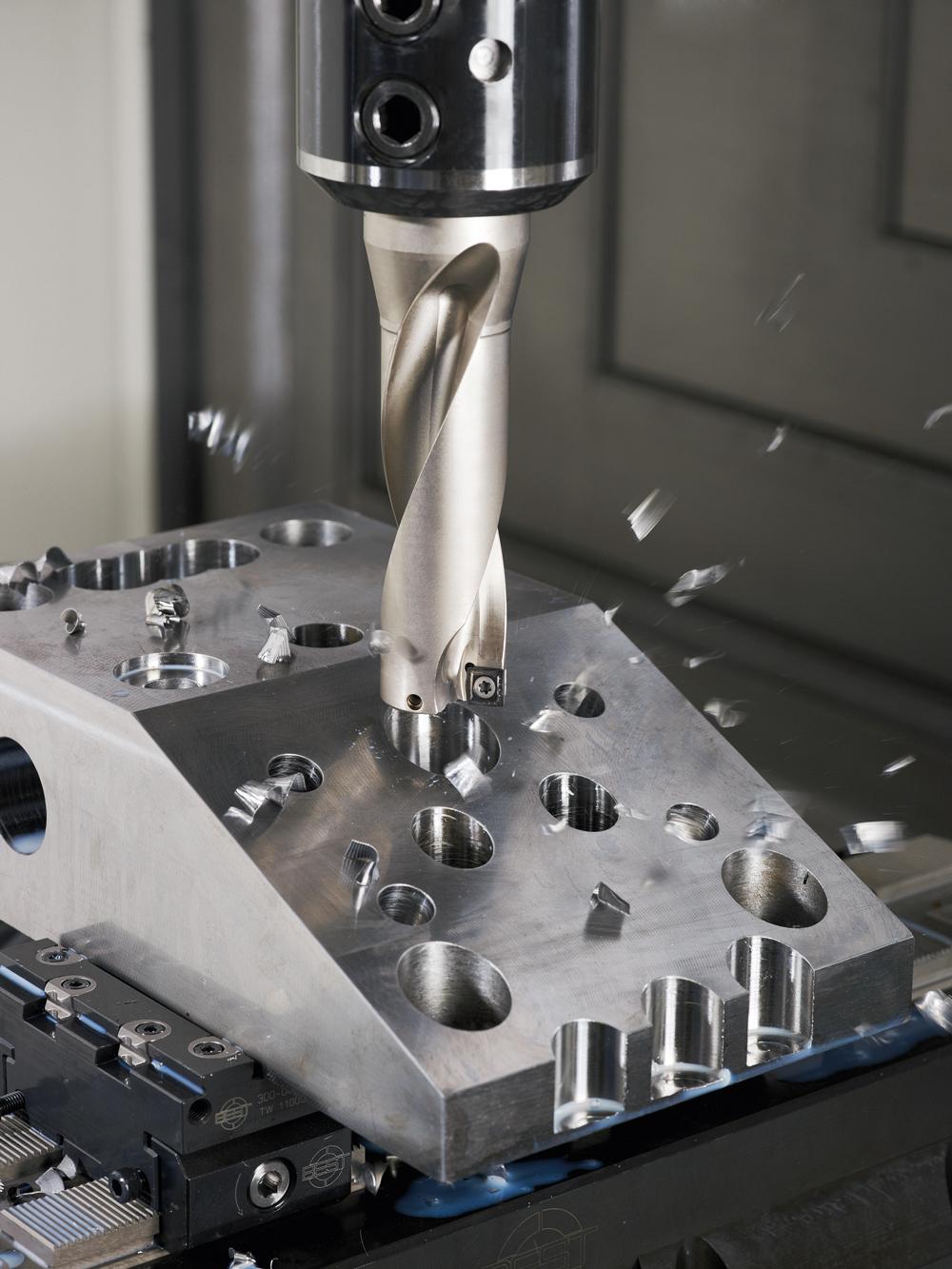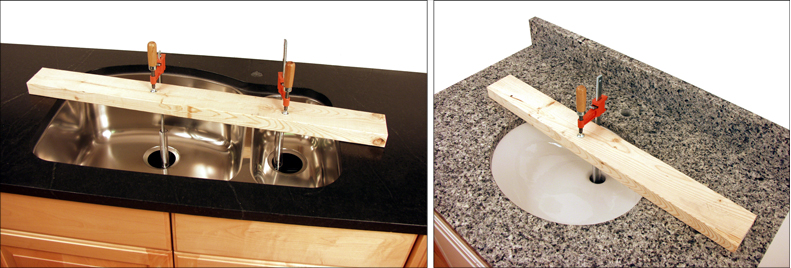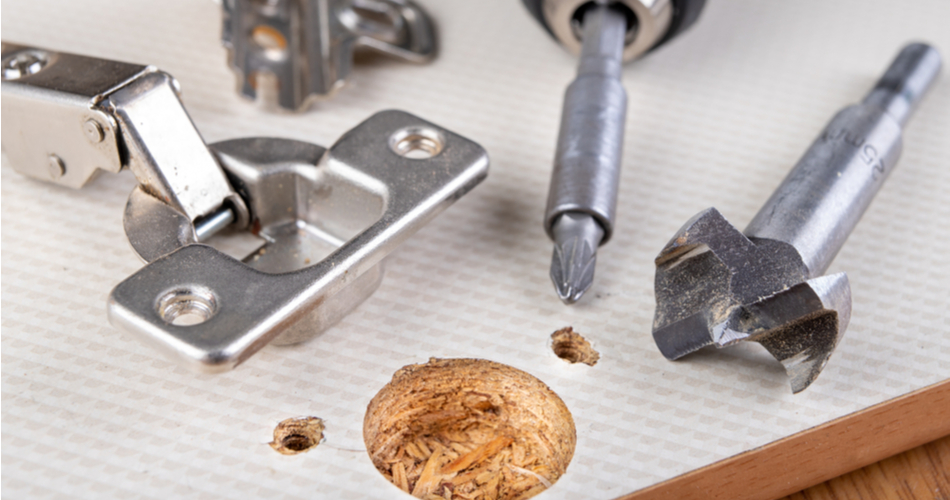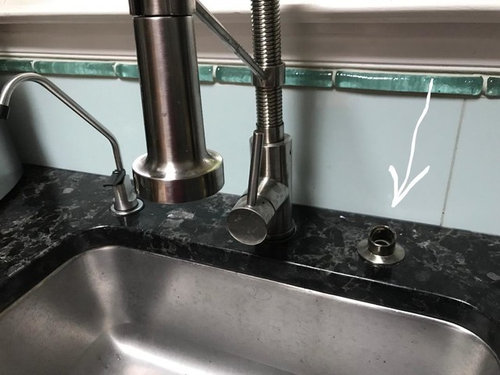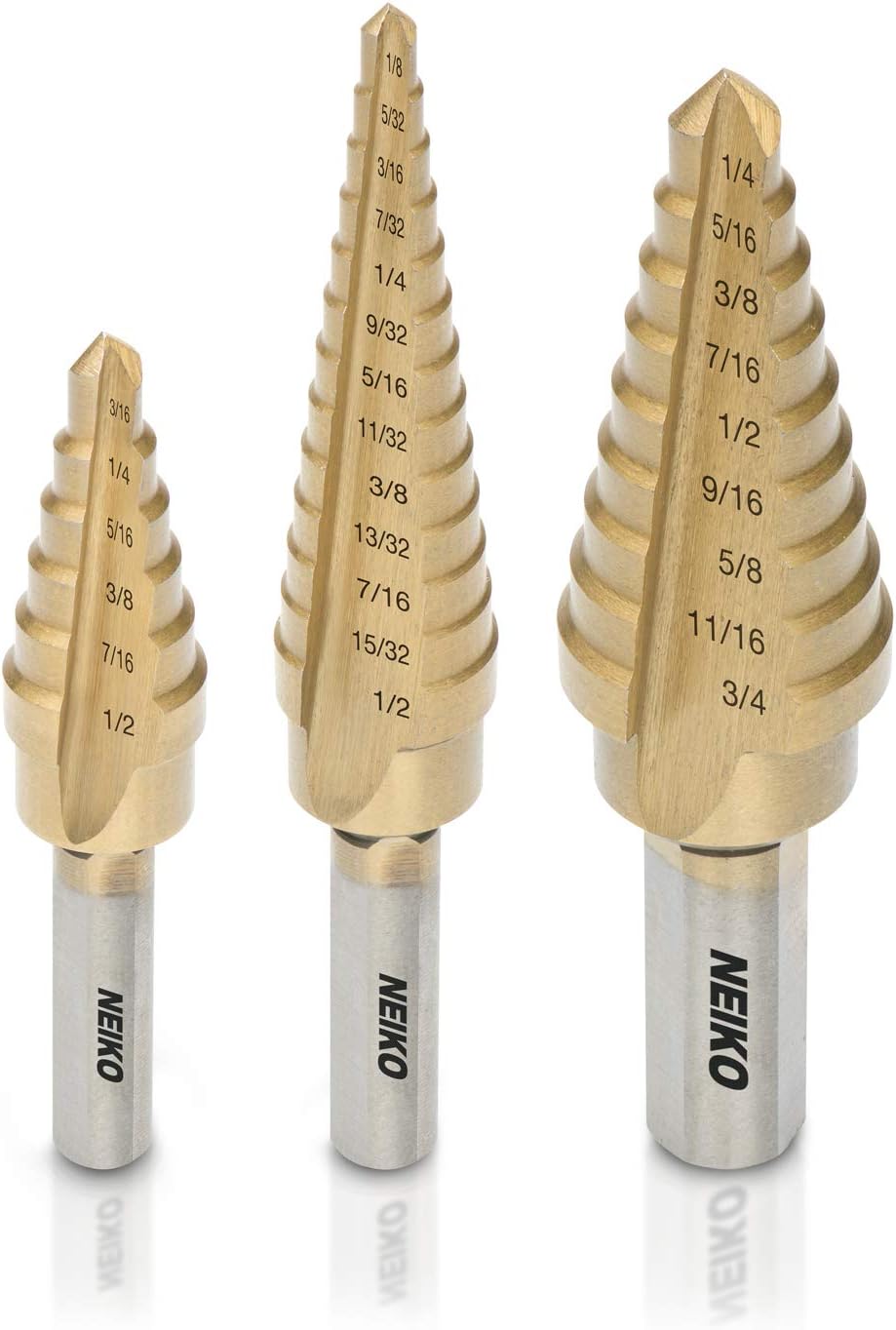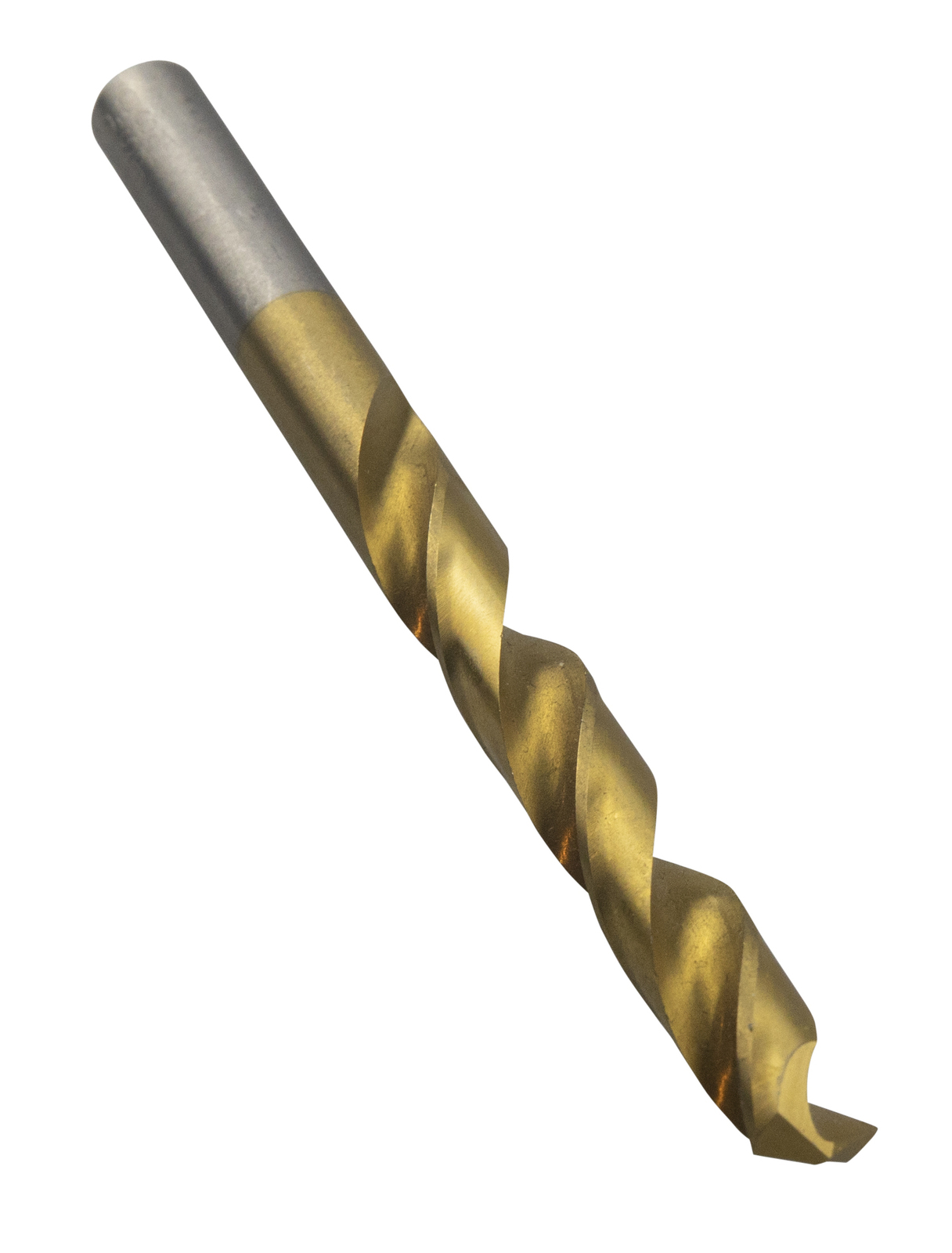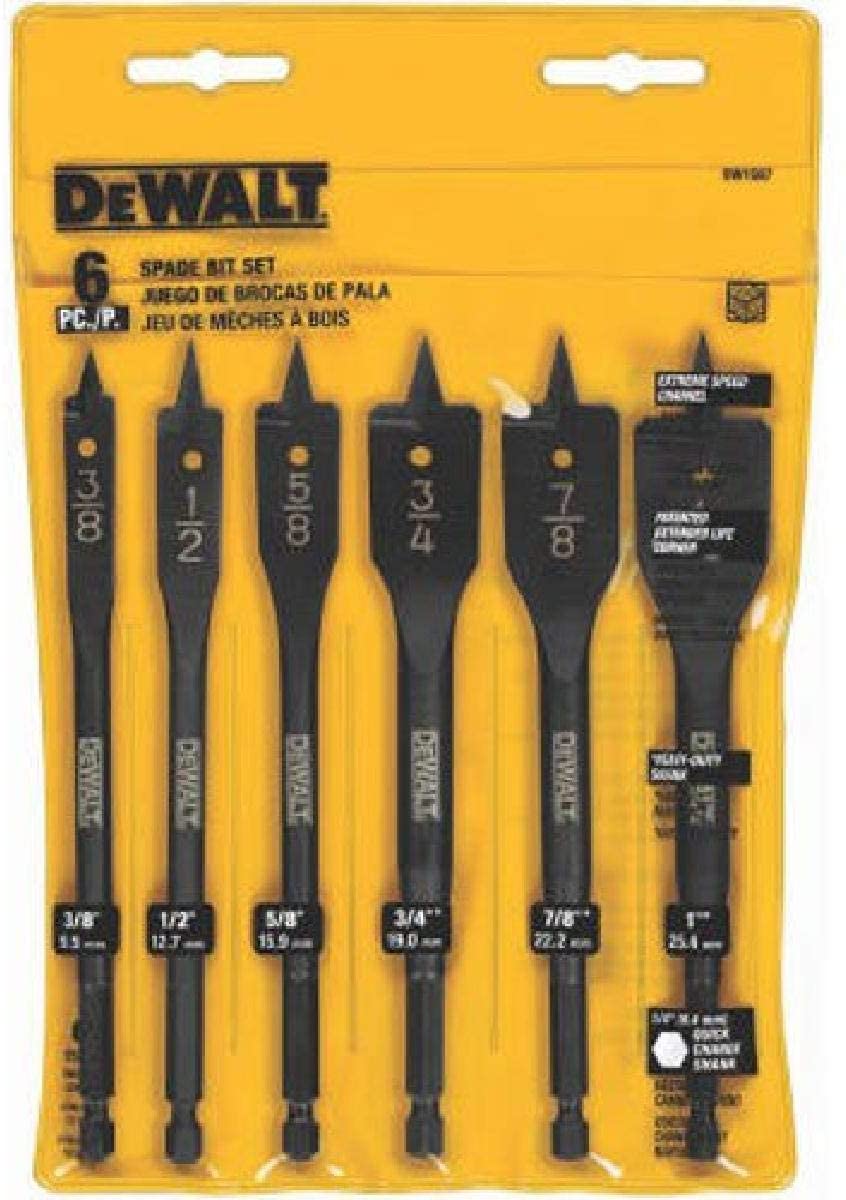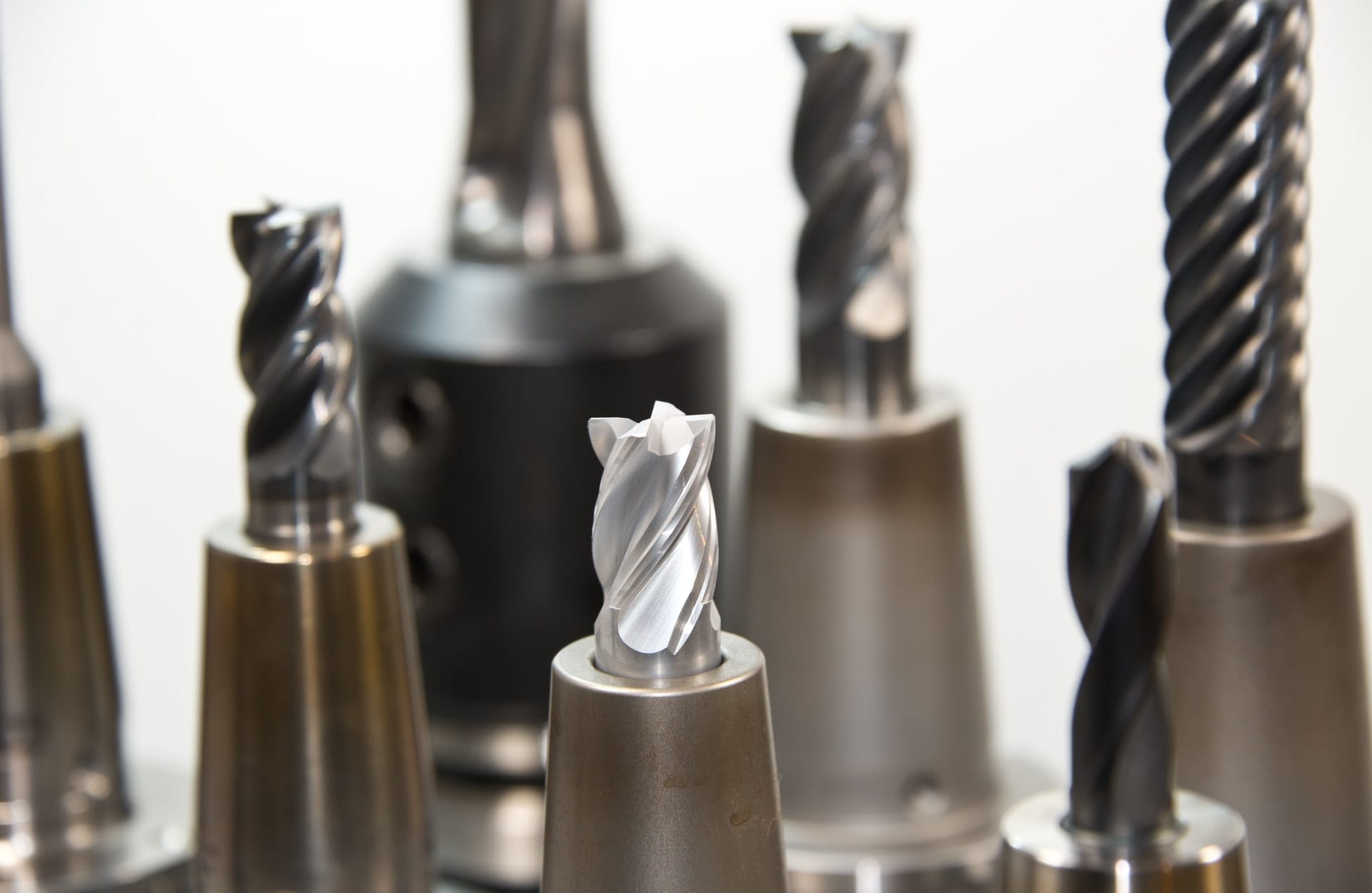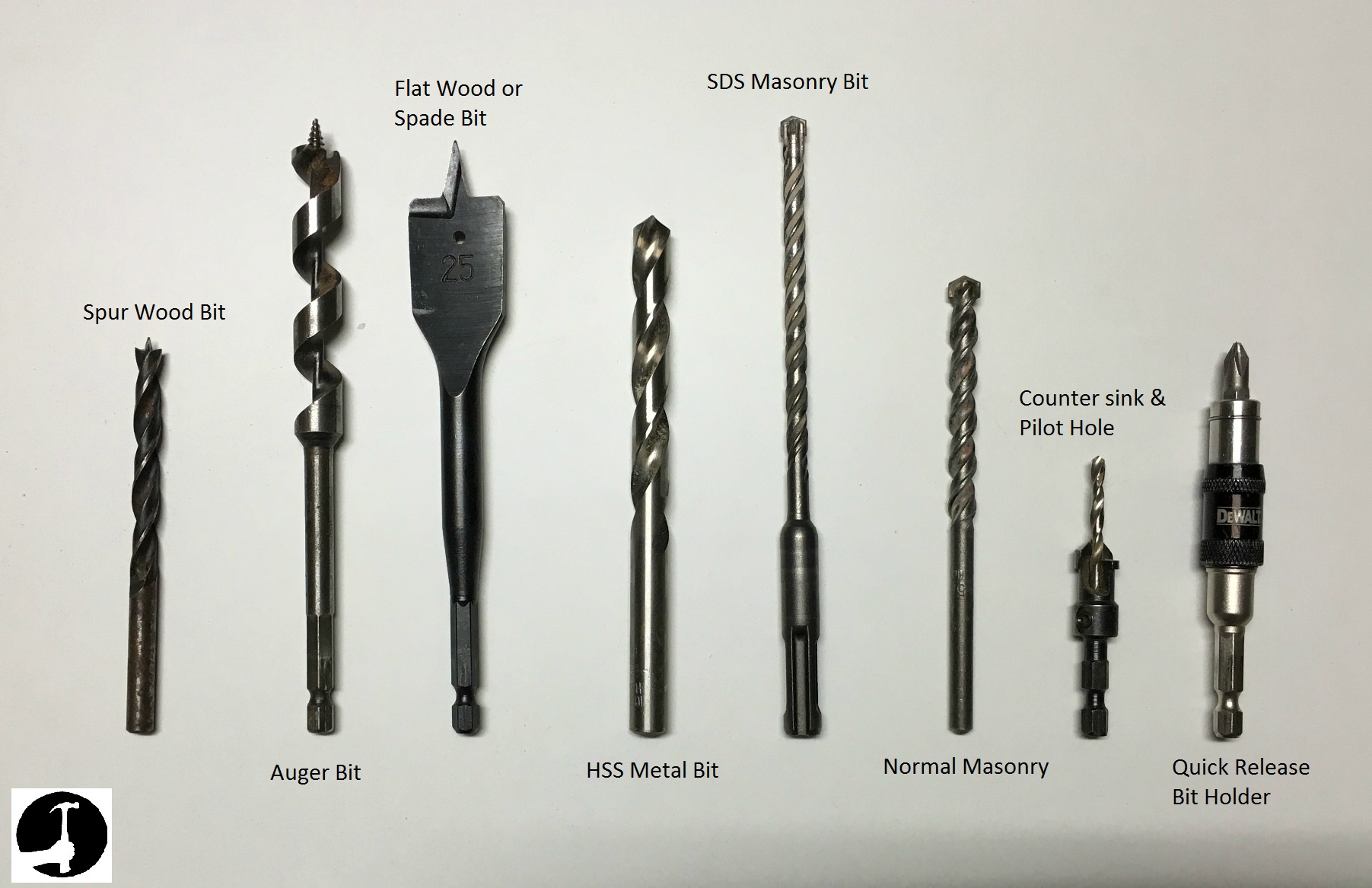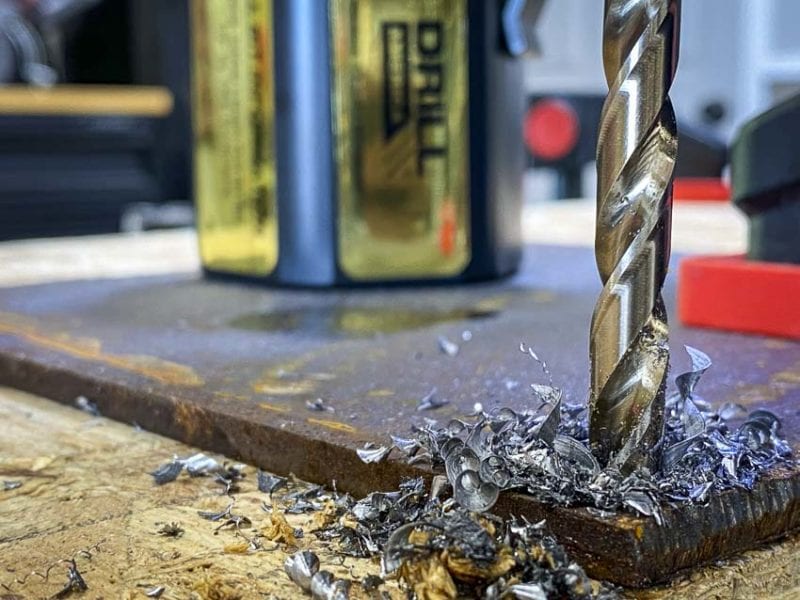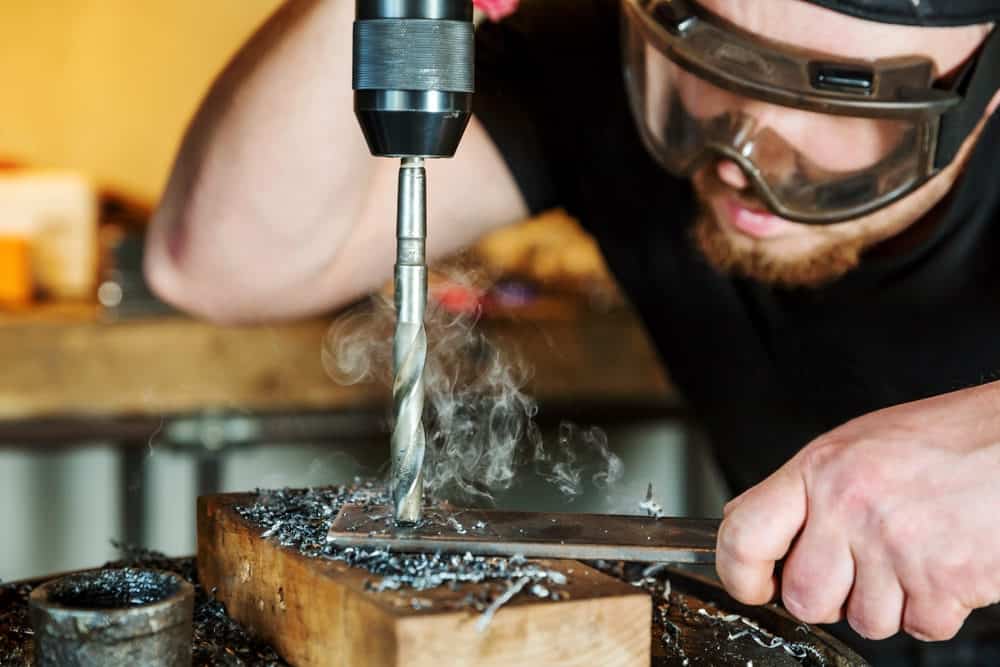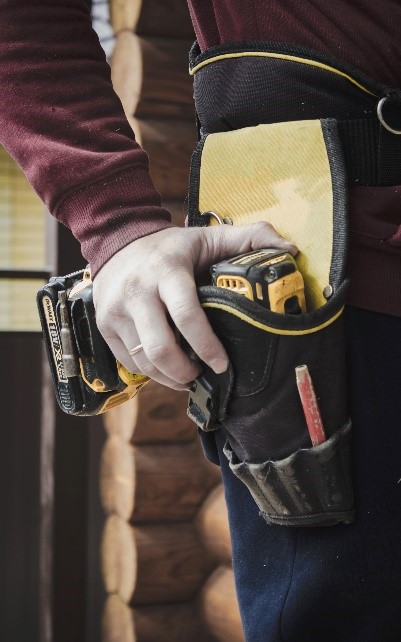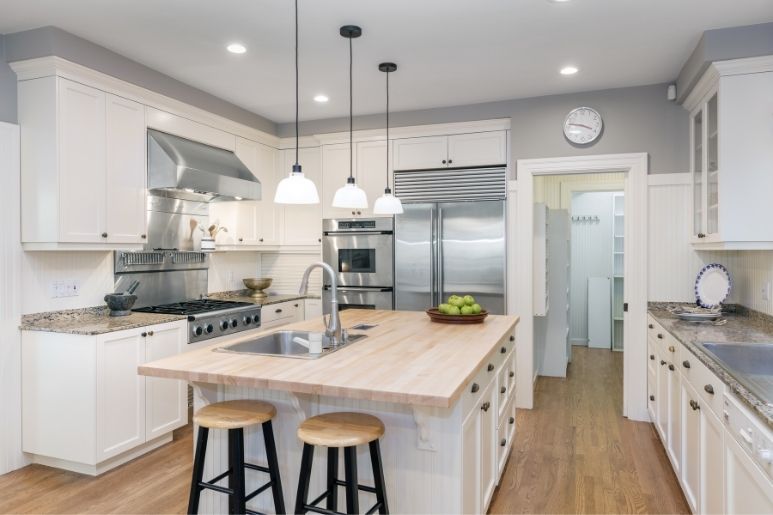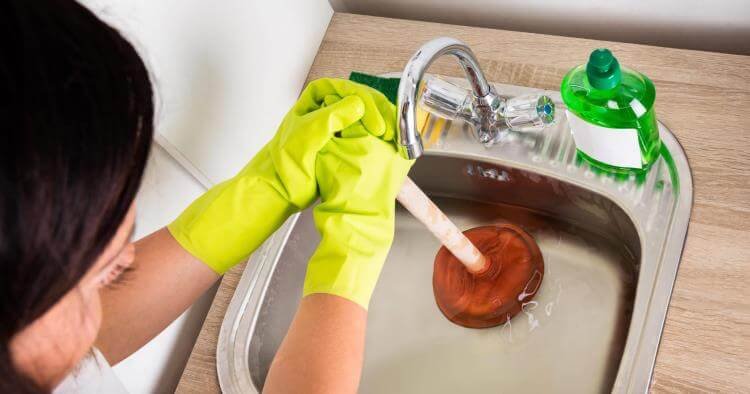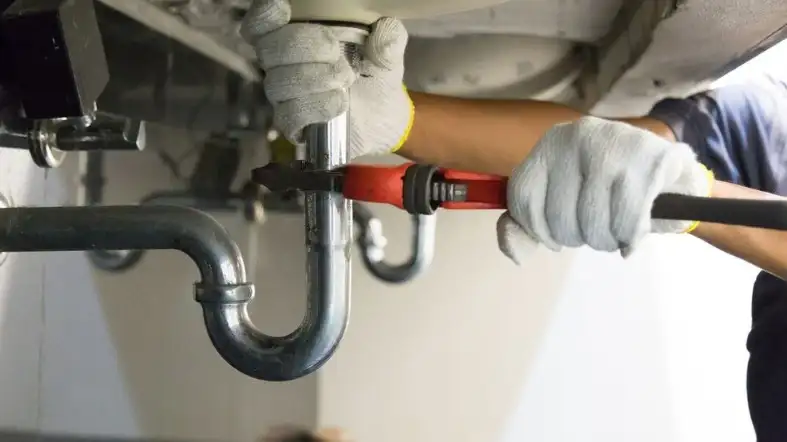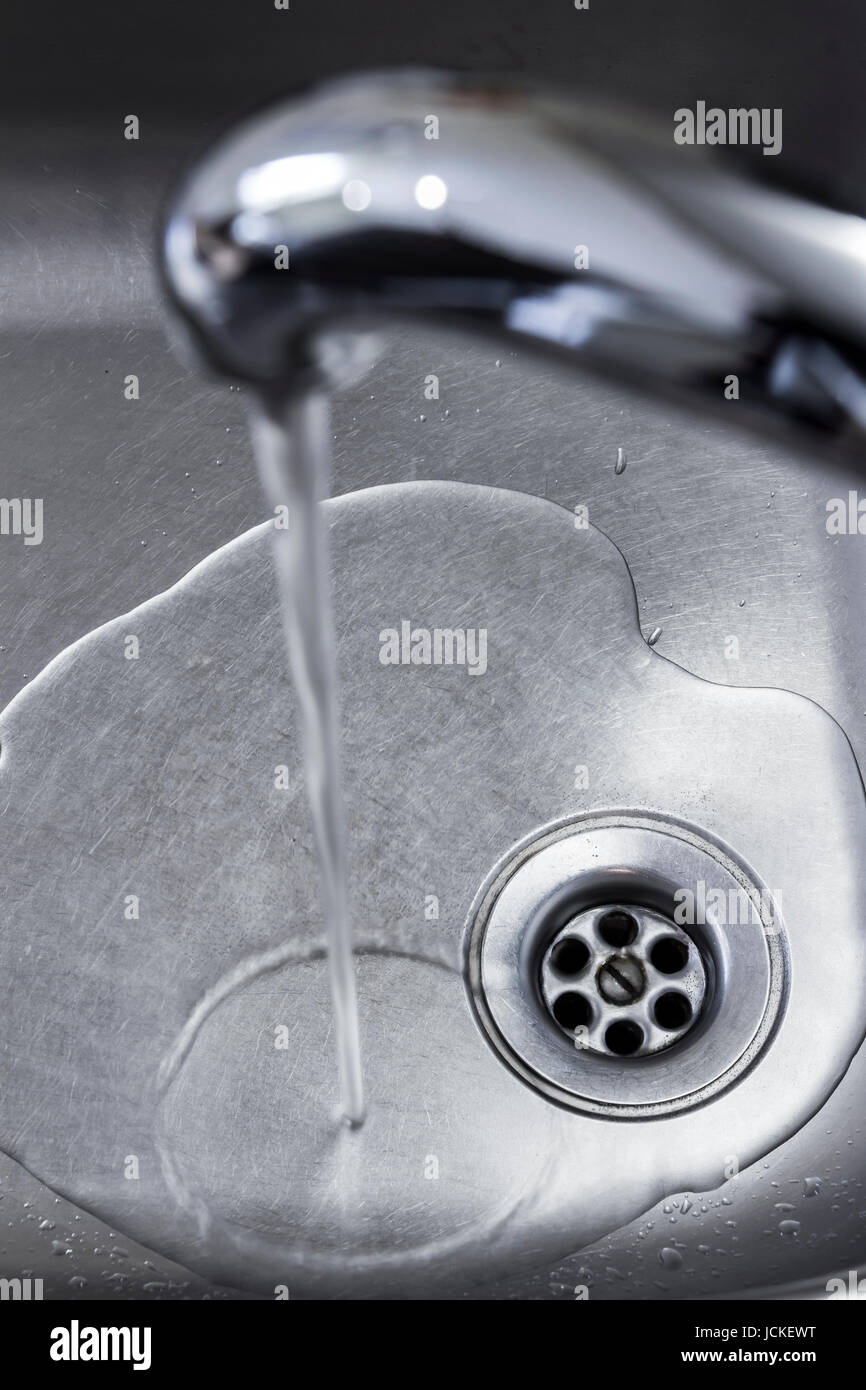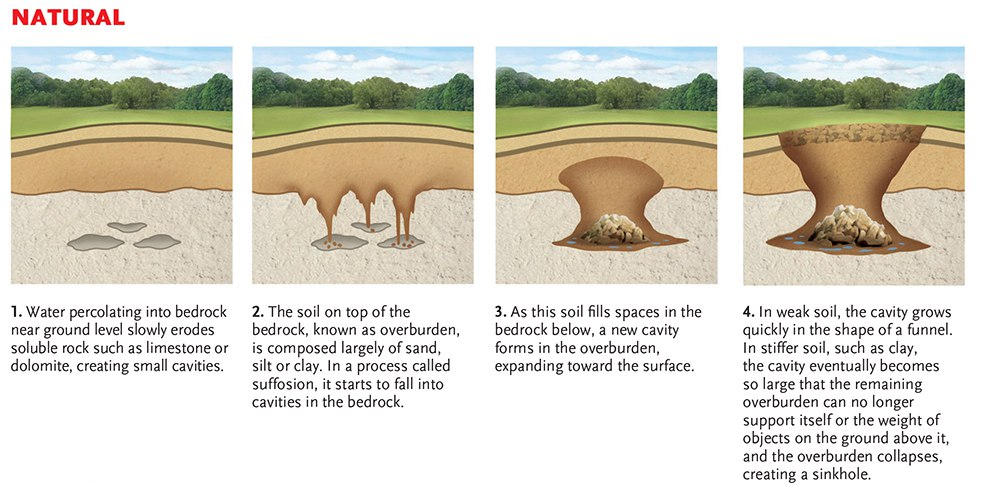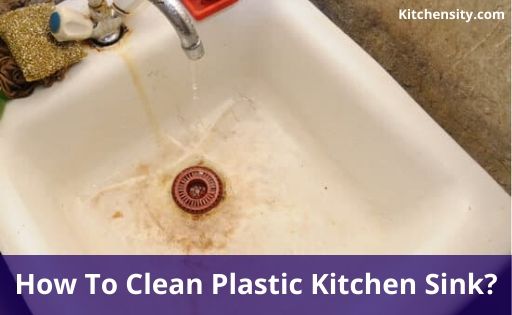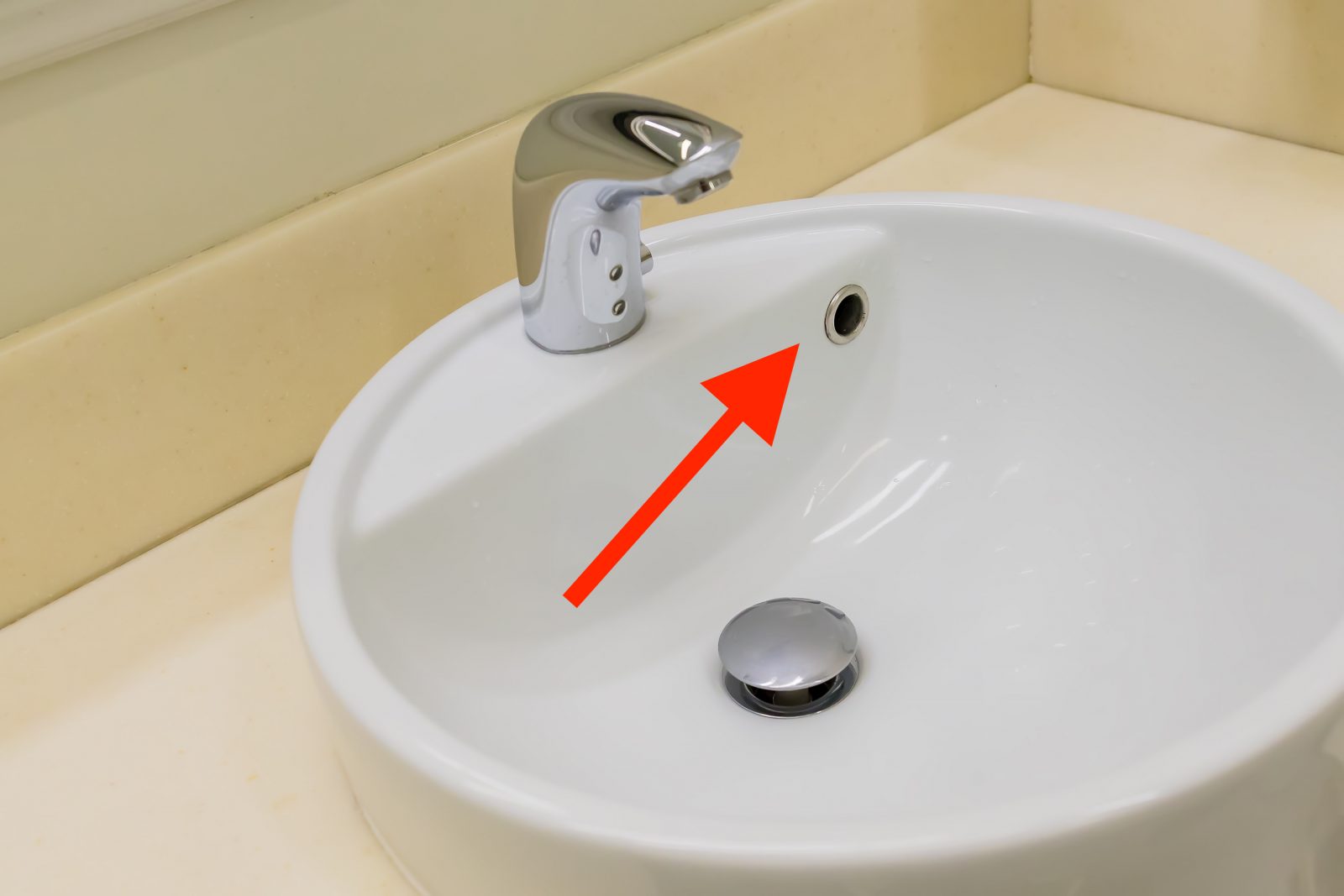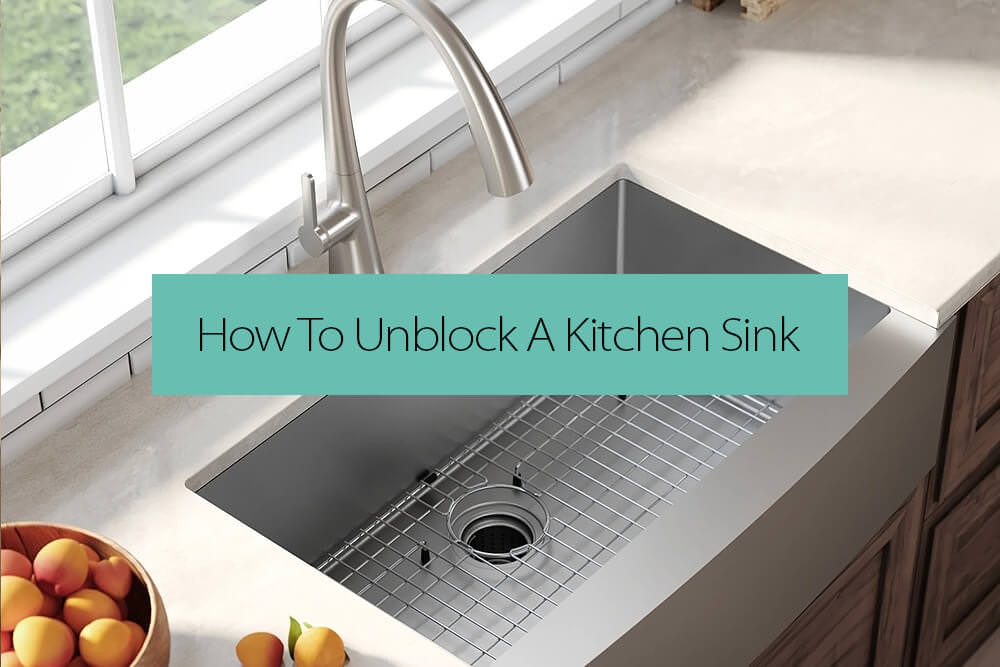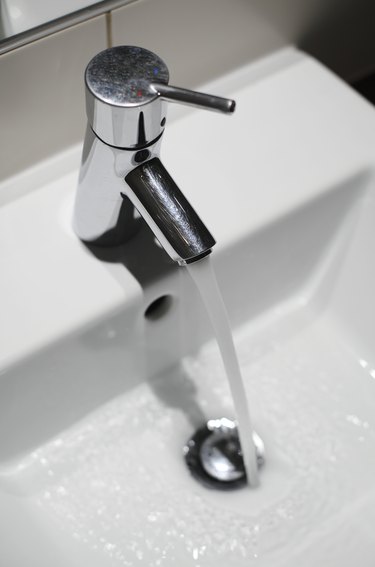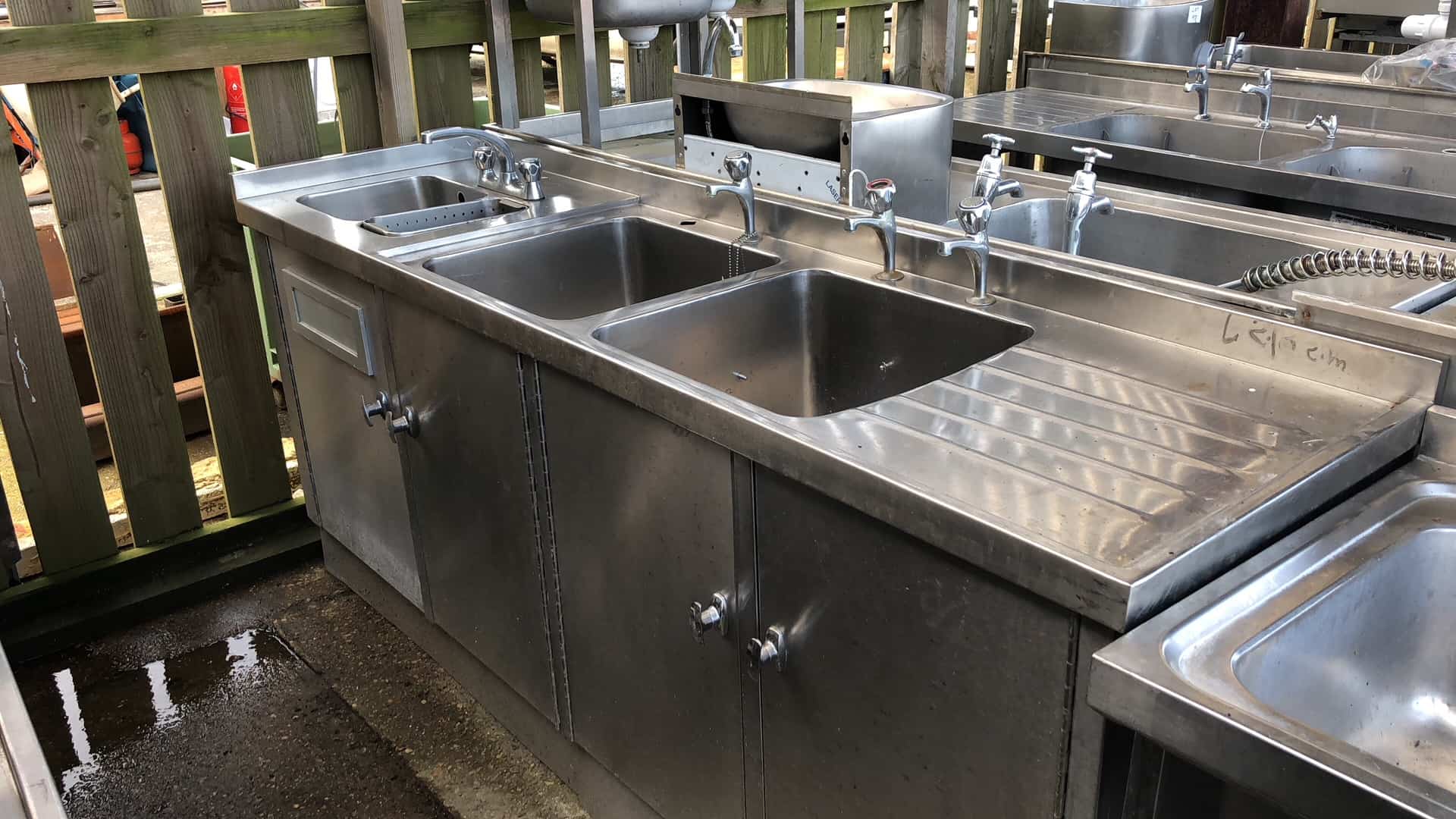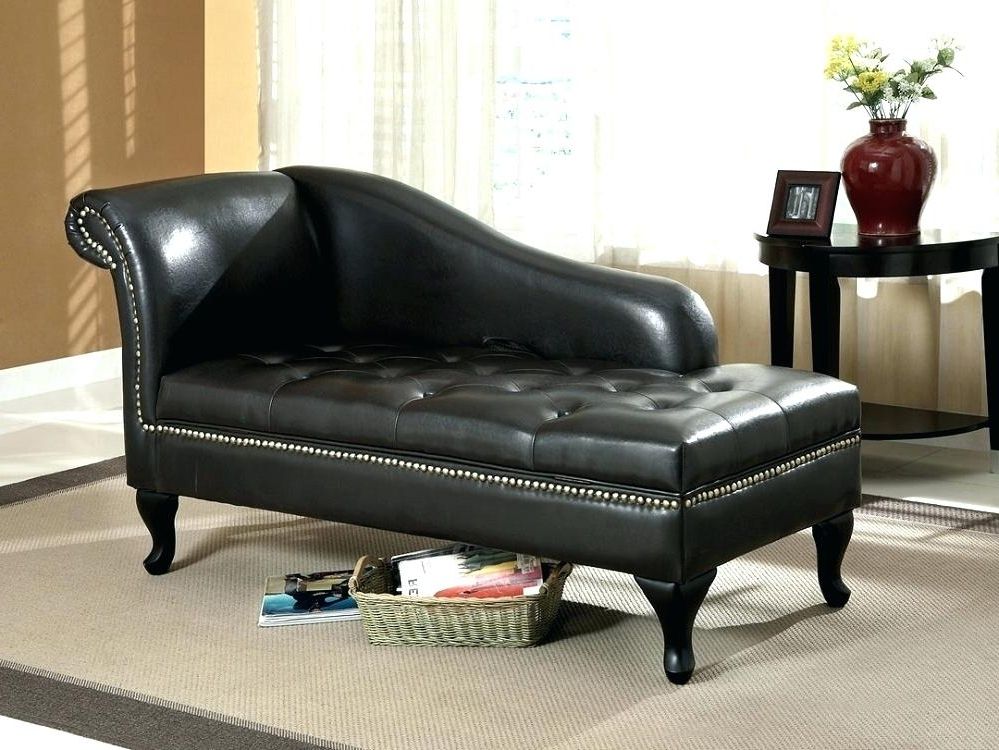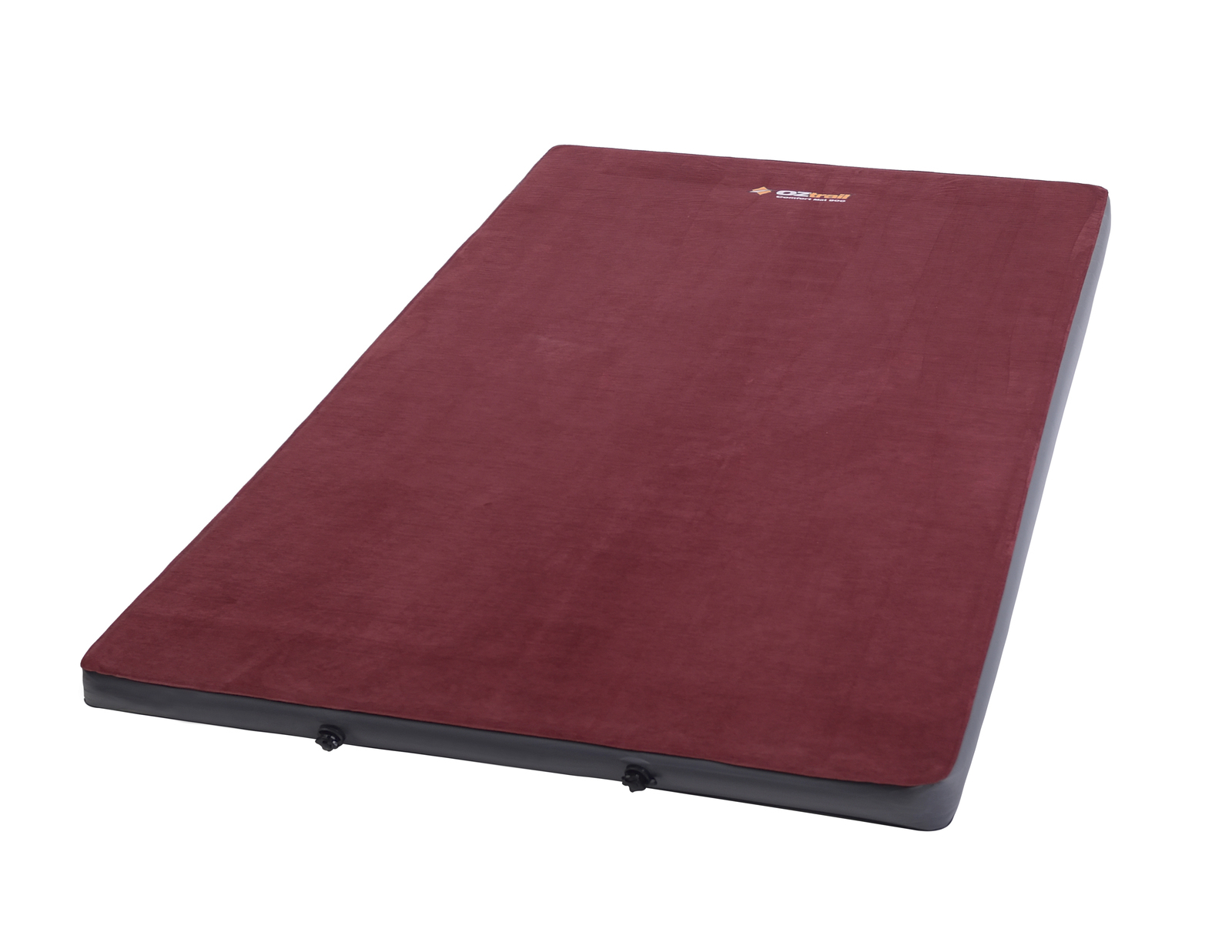Drilling holes in a kitchen sink may seem like a daunting task, but with the right tools and techniques, it can be done easily. Whether you need to install a new faucet or add additional accessories to your sink, drilling holes is a necessary skill to have. In this article, we will provide a step-by-step guide on how to drill holes in a kitchen sink, as well as tips for choosing the best drill bits and precautions to take.How to Drill Holes in a Kitchen Sink
If you have a stainless steel sink, drilling holes may require a bit more effort and care. Stainless steel is a durable and tough material, which means you will need the right tools and techniques to successfully drill holes without damaging the sink. It is recommended to use a high-speed drill and a cobalt drill bit for stainless steel sinks, as they are designed specifically for drilling through tough materials like metal.Drilling Holes in a Stainless Steel Sink
Before you begin drilling, make sure to measure and mark the exact location where you want the holes to be. This will ensure that the holes are evenly spaced and in the correct position. Next, follow these steps: Step 1: Place a piece of masking tape over the area where you will be drilling. This will help prevent the drill bit from slipping and will also protect the surface of the sink from scratches. Step 2: Use a center punch to create a small indentation in the center of the marked area. This will serve as a guide for the drill bit and will prevent it from wandering while drilling. Step 3: Attach the appropriate drill bit to your high-speed drill. For stainless steel sinks, a cobalt drill bit is recommended. Step 4: Slowly start drilling at a low speed, gradually increasing the speed as you go. Use light pressure and let the drill do the work. Remember to keep the drill bit perpendicular to the sink surface to ensure straight and clean holes. Step 5: Once the hole is drilled, remove the masking tape and use a metal file to smooth out any rough or sharp edges.Step-by-Step Guide for Drilling Holes in a Kitchen Sink
In addition to a high-speed drill and a cobalt drill bit, you will also need the following tools: - Masking tapeTools Needed for Drilling Kitchen Sink Holes
- Center punch
- Metal file
- Measuring tape
- Marker or pencil
- Safety glasses
When it comes to choosing the right drill bit for drilling kitchen sink holes, the type of material your sink is made of will determine the best option. For stainless steel sinks, a cobalt drill bit is recommended, while for porcelain or ceramic sinks, a diamond-tipped drill bit will be more effective. It is important to use the right drill bit to avoid damaging the sink and to ensure clean and precise holes.Best Drill Bits for Drilling Kitchen Sink Holes
Drilling holes in a kitchen sink can be dangerous if proper precautions are not taken. Here are a few safety tips to keep in mind: - Wear safety glasses to protect your eyes from any debris or metal shavings.Precautions to Take When Drilling Kitchen Sink Holes
- Use light pressure and let the drill do the work to prevent the drill bit from breaking or slipping.
- Keep the drill bit perpendicular to the surface of the sink to ensure straight and clean holes.
- Take breaks to allow the drill bit to cool down, especially when drilling through tough materials like stainless steel.
There are a few common mistakes that people make when drilling holes in a kitchen sink. These include using the wrong type of drill bit, not using enough pressure, and not keeping the drill bit perpendicular to the sink surface. These mistakes can result in crooked or uneven holes, or even damage to the sink itself. Make sure to follow the steps and precautions mentioned above to avoid these mistakes.Common Mistakes When Drilling Kitchen Sink Holes
If drilling holes in your kitchen sink seems too daunting of a task, there are alternative methods you can try. One option is to use a hole saw attachment for your drill, which is designed specifically for cutting large holes in various materials. Another option is to use a rotary tool with a cutting wheel attachment. However, keep in mind that these methods may not be as effective as drilling and may require more time and effort.Alternative Methods for Creating Kitchen Sink Holes
After you have successfully drilled the holes in your kitchen sink, it is important to seal them to prevent any leaks or water damage. You can use a waterproof sealant or plumber's putty to seal around the base of the faucet or any other accessories you have installed. Follow the instructions on the product carefully and allow it to dry completely before using the sink.How to Seal Kitchen Sink Holes After Drilling
If you are not confident in your ability to drill holes in your kitchen sink, or if you want to ensure a professional and clean finish, you can always hire a professional plumber or handyman to do the job for you. They have the necessary tools and expertise to drill holes in your sink without causing any damage. Drilling holes in a kitchen sink may seem like a daunting task, but with the right tools and techniques, it can be done easily. Follow the steps and precautions mentioned in this article to successfully drill holes in your kitchen sink and add new accessories or fixtures with ease.Professional Services for Drilling Kitchen Sink Holes
Why You Should Consider Drilling Kitchen Sink Holes in Your House Design
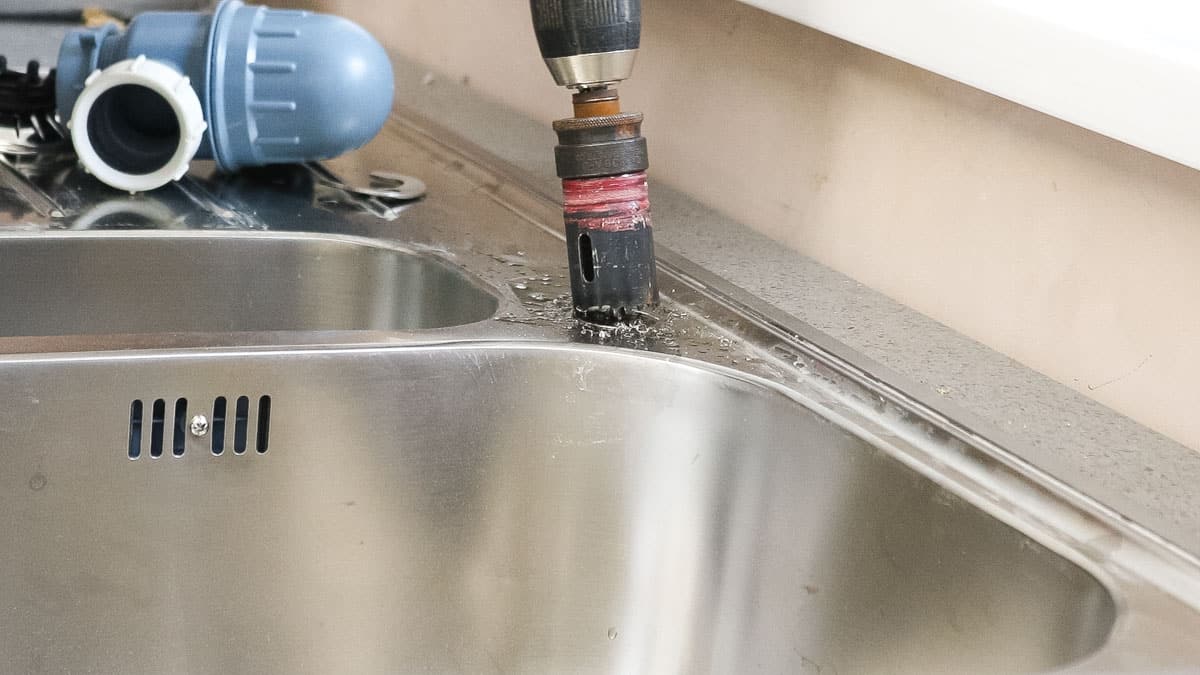
The Importance of a Well-Designed Kitchen
 A well-designed kitchen is the heart of any home. It is where family and friends gather to cook, eat, and socialize. As such, it is essential to have a functional and aesthetically pleasing kitchen that meets your needs and reflects your personal style. One crucial aspect of kitchen design that is often overlooked is the placement of the kitchen sink. Many homeowners simply accept the location of the sink as it is, without realizing the potential benefits of drilling
kitchen sink holes
to customize its placement.
A well-designed kitchen is the heart of any home. It is where family and friends gather to cook, eat, and socialize. As such, it is essential to have a functional and aesthetically pleasing kitchen that meets your needs and reflects your personal style. One crucial aspect of kitchen design that is often overlooked is the placement of the kitchen sink. Many homeowners simply accept the location of the sink as it is, without realizing the potential benefits of drilling
kitchen sink holes
to customize its placement.
Maximizing Space and Functionality
 One of the main advantages of drilling
kitchen sink holes
is the ability to customize the placement and size of your sink. This can be particularly beneficial in smaller kitchens, where every inch of counter space counts. By strategically drilling a hole for your sink, you can create more usable counter space and improve the overall functionality of your kitchen. This also allows for more flexibility in terms of sink size and style, as you are not limited to pre-cut holes in standard sizes.
One of the main advantages of drilling
kitchen sink holes
is the ability to customize the placement and size of your sink. This can be particularly beneficial in smaller kitchens, where every inch of counter space counts. By strategically drilling a hole for your sink, you can create more usable counter space and improve the overall functionality of your kitchen. This also allows for more flexibility in terms of sink size and style, as you are not limited to pre-cut holes in standard sizes.
Enhancing the Aesthetic Appeal
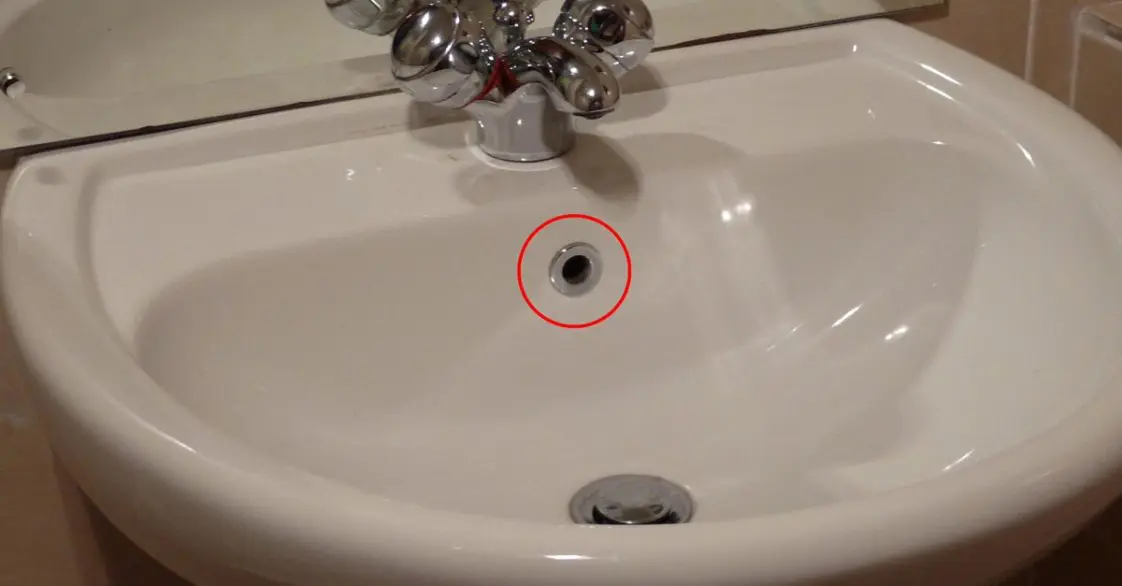 Apart from the practical benefits, drilling
kitchen sink holes
can also greatly enhance the aesthetic appeal of your kitchen. By placing the sink in a non-traditional location, you can add a unique and eye-catching element to your kitchen design. Additionally, drilling a hole in a kitchen island or peninsula can create an open and spacious feel, making your kitchen appear larger and more inviting.
Apart from the practical benefits, drilling
kitchen sink holes
can also greatly enhance the aesthetic appeal of your kitchen. By placing the sink in a non-traditional location, you can add a unique and eye-catching element to your kitchen design. Additionally, drilling a hole in a kitchen island or peninsula can create an open and spacious feel, making your kitchen appear larger and more inviting.
Considerations and Precautions
 Before drilling
kitchen sink holes
, it is important to consult with a professional to ensure that the placement is feasible and will not cause any structural issues. It is also essential to take into account the location of plumbing and electrical lines to avoid any potential hazards. Additionally, be sure to use high-quality tools and materials to ensure a secure and lasting installation.
In conclusion, if you are looking to create a well-designed and functional kitchen, do not overlook the potential benefits of drilling
kitchen sink holes
. By customizing the placement and size of your sink, you can maximize space, enhance the aesthetic appeal, and add a unique touch to your kitchen design. Just be sure to consult with a professional and take all necessary precautions for a successful and safe installation.
Before drilling
kitchen sink holes
, it is important to consult with a professional to ensure that the placement is feasible and will not cause any structural issues. It is also essential to take into account the location of plumbing and electrical lines to avoid any potential hazards. Additionally, be sure to use high-quality tools and materials to ensure a secure and lasting installation.
In conclusion, if you are looking to create a well-designed and functional kitchen, do not overlook the potential benefits of drilling
kitchen sink holes
. By customizing the placement and size of your sink, you can maximize space, enhance the aesthetic appeal, and add a unique touch to your kitchen design. Just be sure to consult with a professional and take all necessary precautions for a successful and safe installation.
